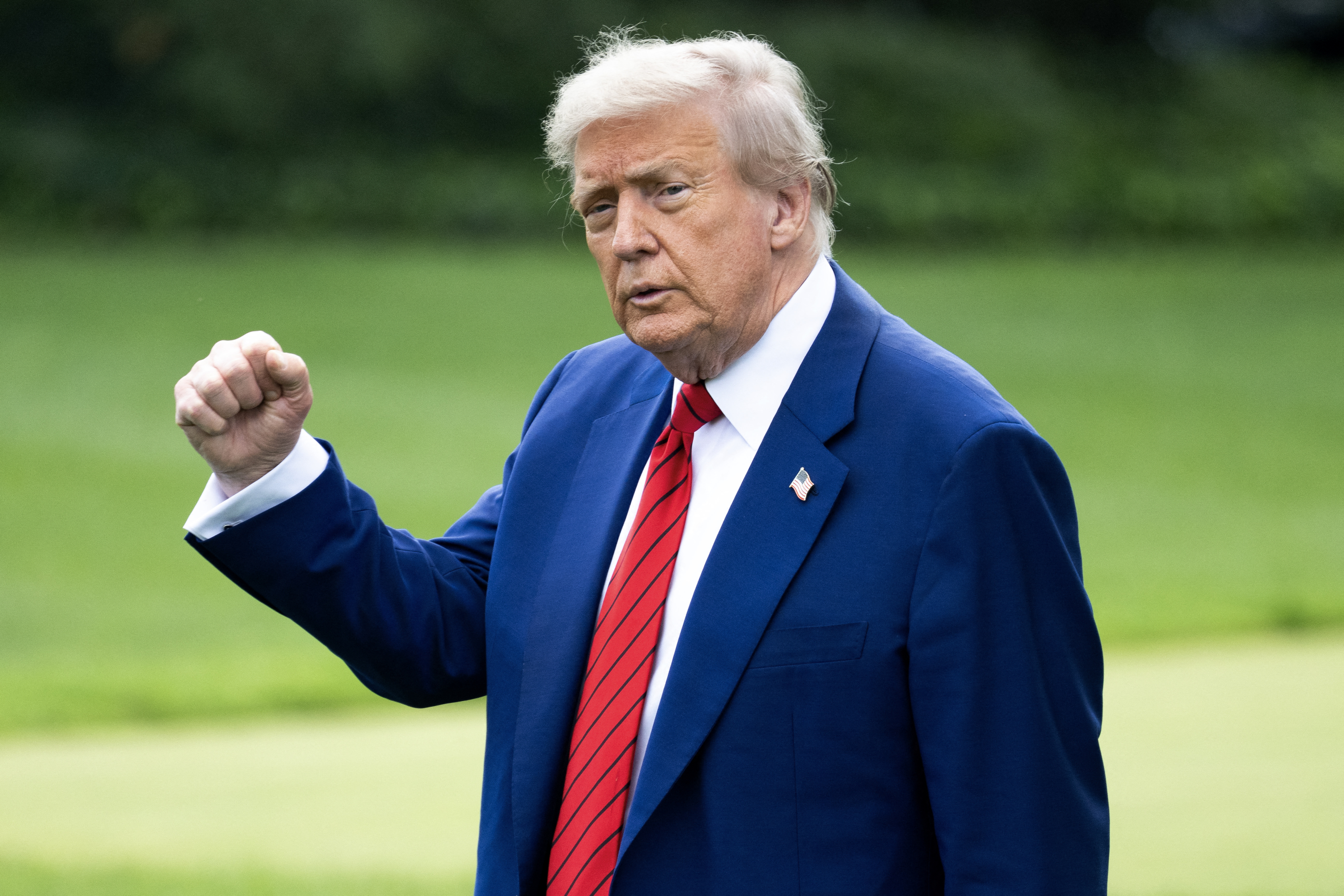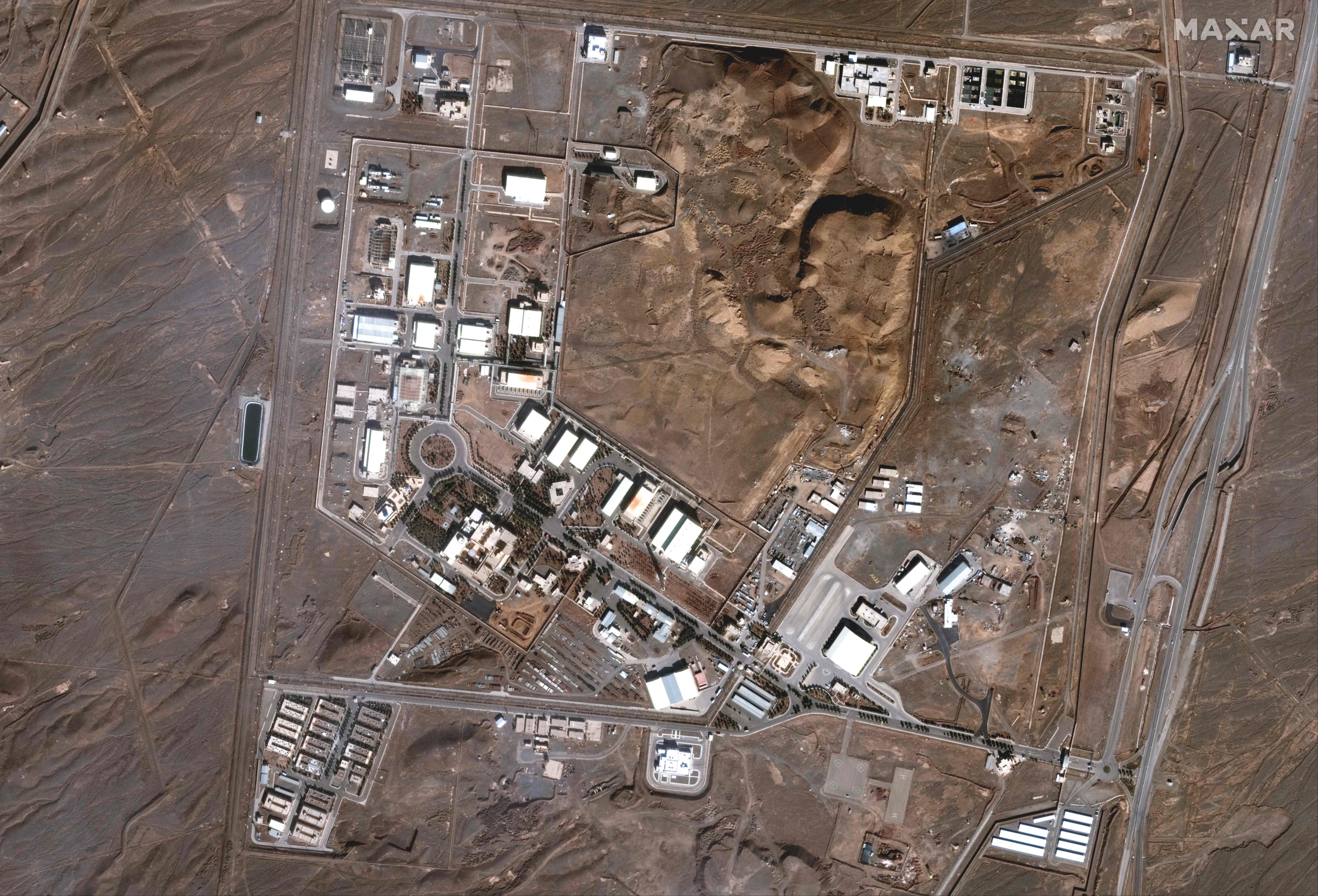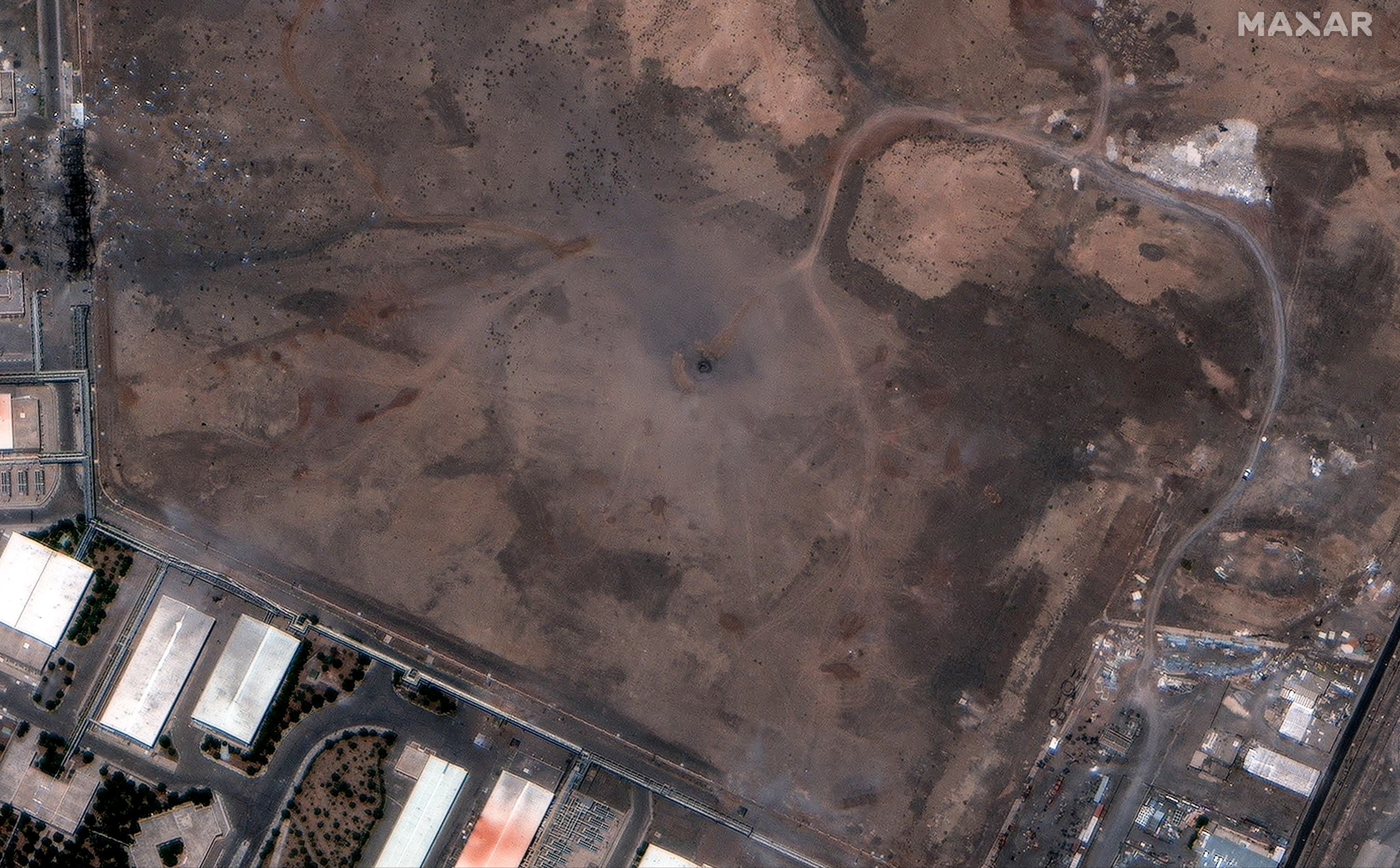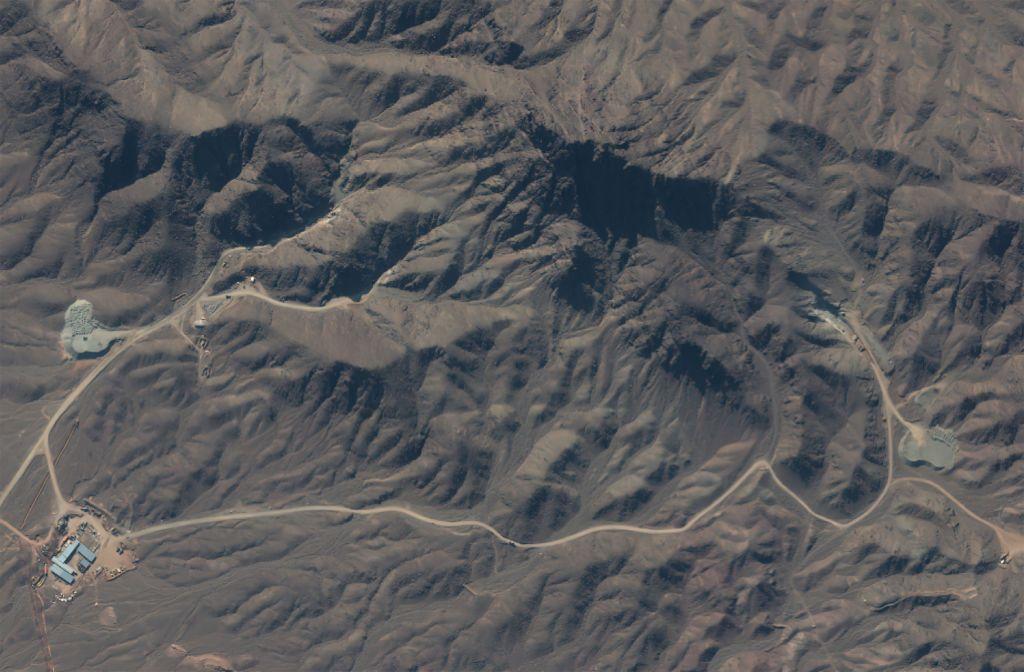Concern over the whereabouts of Iran's enriched uranium: it could be used to make up to nine nuclear weapons

In response to the triumphalist tone of the United States following Sunday's attack in Iran, the International Atomic Energy Agency (IAEA) is demanding access to the affected sites, and experts are refraining from jumping to conclusions.
Many questions remain unanswered, especially regarding the whereabouts of the stockpile of 60% enriched uranium.

Donald Trump claimed that the attack on Iran's nuclear bases caused extensive damage. Photo: AFP
The bombings targeted three key sites officially housing enriched uranium: Fordo, Natanz, and Isfahan, where significant damage was reported.
The UN nuclear watchdog, the IAEA, is concerned about the stockpile of 408.6 kg of 60% enriched uranium, which its staff last saw on June 10.
That volume, if enriched to 90%, could theoretically be used to make more than nine nuclear weapons.
"We must allow the inspectors to return and assess the situation," IAEA Director Rafael Grossi said Monday at the start of an emergency meeting at the agency's headquarters in Vienna, Austria.

Natanz nuclear facility in southern Tehran, Iran. Photo: AFP
Concerns increased when, on June 13—the day the Israeli attacks began—Iranian Foreign Minister Abbas Araqchi sent a letter to the IAEA stating that "special measures to protect nuclear equipment and material" had been implemented.
Satellite images show vehicle movement near one of Fordo's underground entrances before the US attack.
With 60% enriched uranium and a few hundred centrifuges, Iran can still quickly acquire a nuclear weapon.
Since enriched uranium is stored in powder form in containers, it is easily transportable by vehicle.
Was he transferred? Israeli Prime Minister Benjamin Netanyahu said he had "interesting information" on the matter, but declined to provide further details.
If it was indeed moved, "it will be difficult, if not impossible, to trace its location," Kelsey Davenport, an expert with the Arms Control Association, told AFP. According to her, it is "too early to say that the US strikes were a success."
US Vice President JD Vance admitted on ABC that fuel will have to be addressed "in the coming weeks."

Crater after the US attacks on the Natanz nuclear enrichment plant. Photo: AFP
"What we do know is that the Iranians no longer have the capability to convert it into weapons-grade uranium, and that was really the goal," he added.
On Monday, Israel claimed to have carried out attacks to "block access" to the Fordo site.
Can Iran still get a nuclear bomb? Of the more than 20,000 centrifuges Iran reportedly had, many were damaged at Natanz, according to Grossi.
He also mentioned possible "very significant damage" at Fordo, where the equipment is extremely sophisticated and sensitive to vibrations, given the explosions and the delicate nature of the expensive machines used to enrich uranium.
However, not all centrifuges are registered. Some have been stored in unknown locations in recent years, amid deteriorating cooperation with the IAEA, according to experts.
"With 60% enriched uranium and a few hundred centrifuges, Iran can still quickly acquire a nuclear weapon," Davenport warned.

Uranium enrichment in Iran. Photo: Efe
Before the conflict, the IAEA had detected no evidence of a "systematic program" to produce a nuclear weapon, and Iran has always denied any such intentions. But currently, the Agency has no visibility.
If hostilities continue, "the nuclear non-proliferation regime as we know it could collapse," Grossi warned.
There is a significant risk that Iran will withdraw from the treaty and expel inspectors, or simply deny them access to key sites.
Iran, which signed the Non-Proliferation Treaty (NPT) in 1970, committing to using atomic energy for peaceful purposes under IAEA control, has begun preparing the ground for a possible withdrawal, multiplying accusations against the Agency.

Isfahan is home to the Natanz nuclear plant, one of the main facilities in Iran's nuclear program. Photo: Getty Images
According to its ambassador in Vienna, Reza Najafi, the current "aggression" has dealt a "fundamental and irreparable" blow to the non-proliferation pact.
" There is a significant risk that Iran will withdraw from the treaty and expel inspectors, or simply deny them access to key sites ," estimates Eric Brewer of the US think tank Nuclear Threat Initiative (NTI).
In the meantime, it could build a "clandestine" program, as North Korea did, which finally withdrew from the NPT in 2003.
eltiempo





